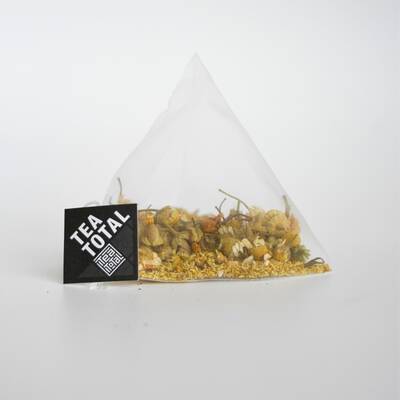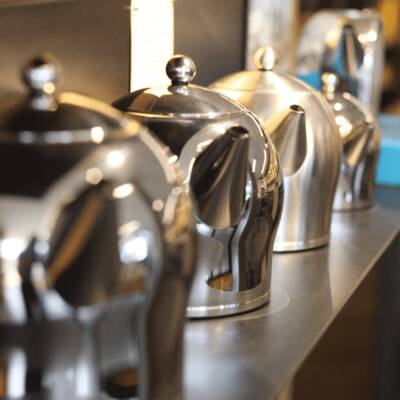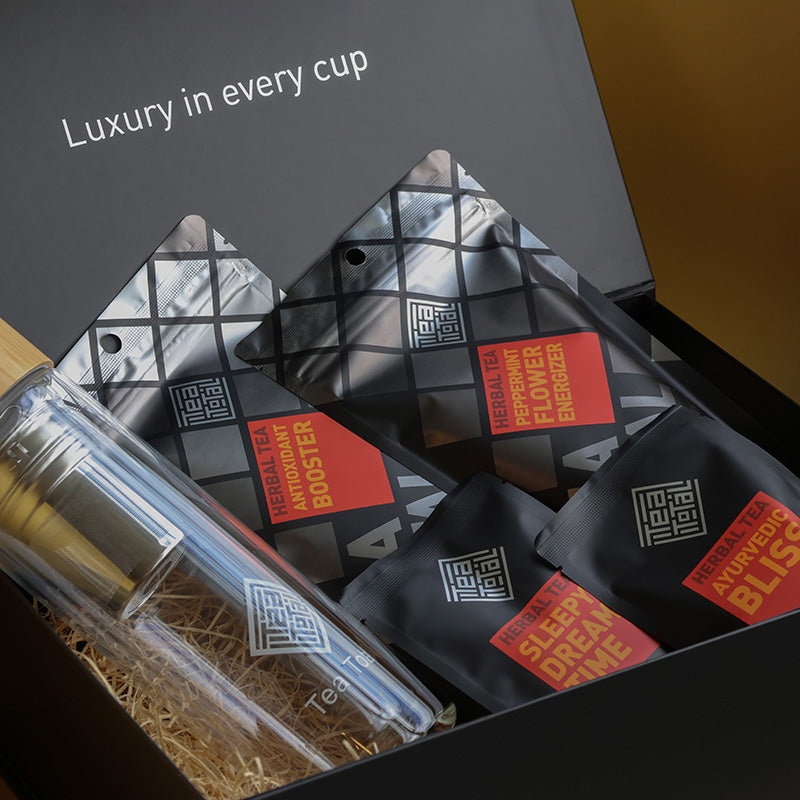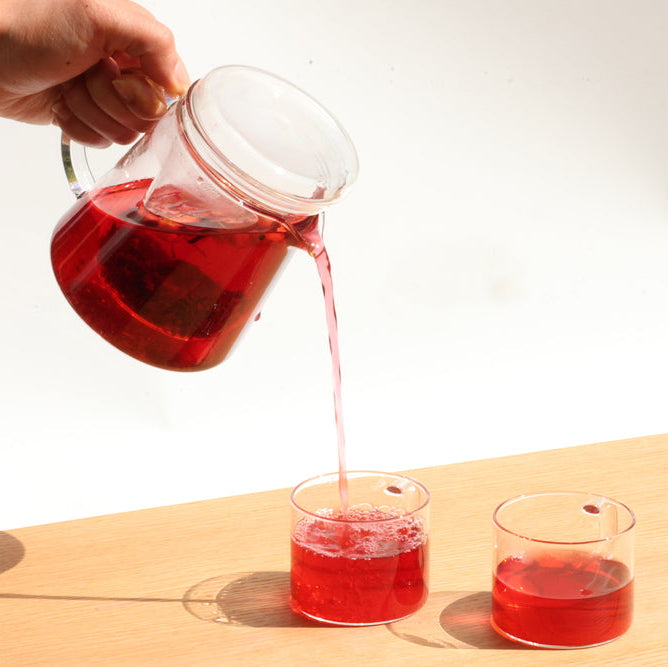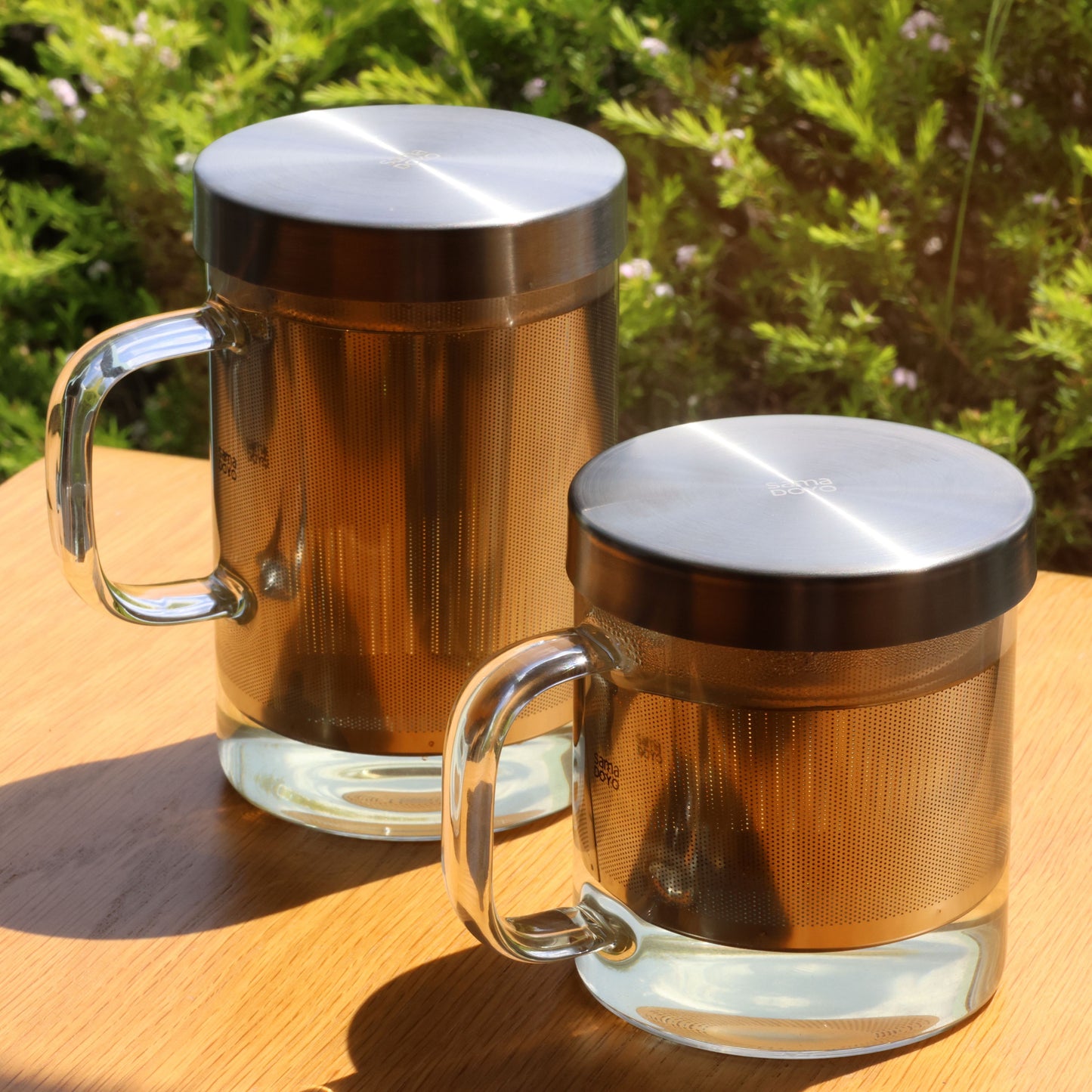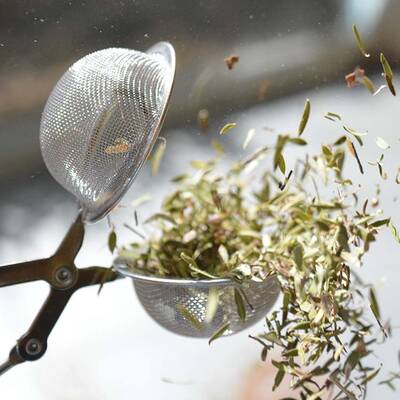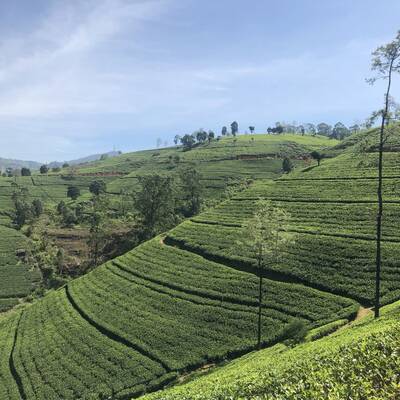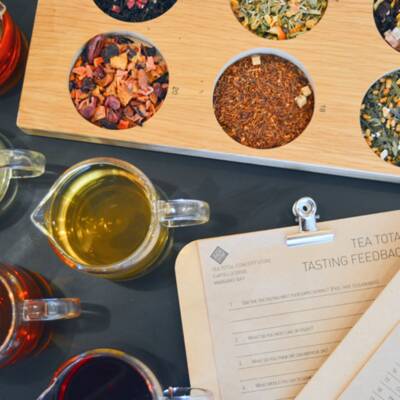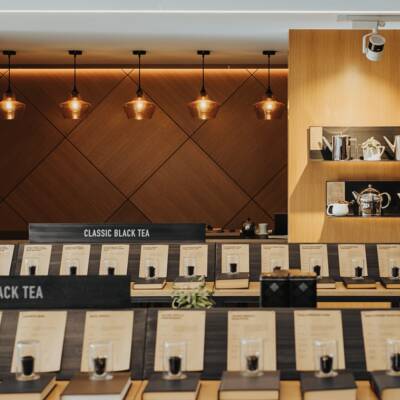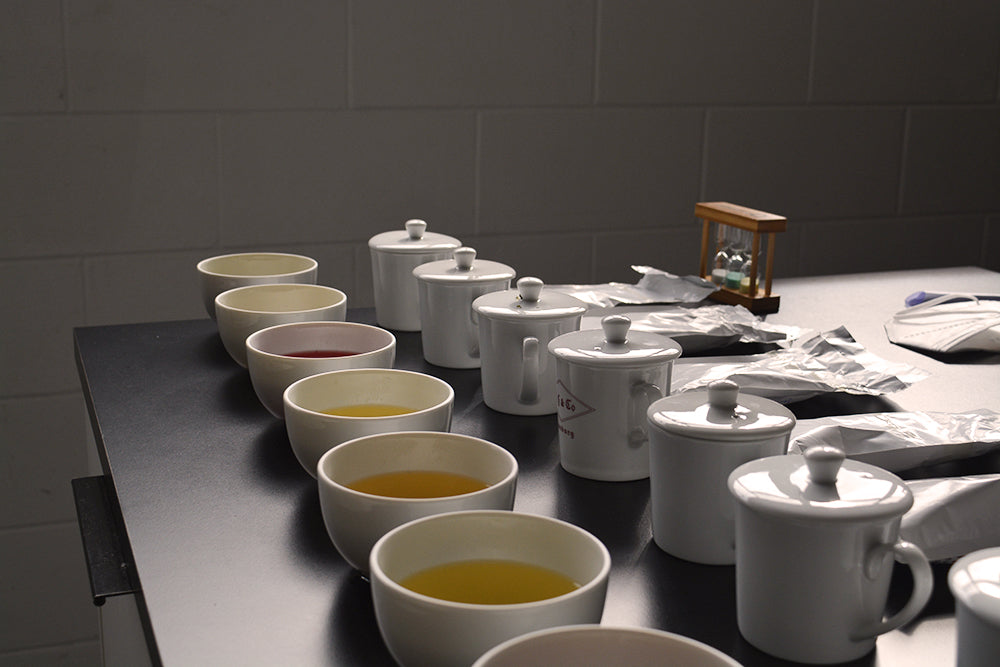
Understanding the difference between Tea and other Hot Drinks
Have you noticed how many different types of teas there are? Are they all the same? Are they all actually tea?
Any beverage which is hot, and not coffee or a hot chocolate, is often called tea this often leads to the confusion on what is and isn’t a tea.
What is Tea? It is a beverage produced by brewing the leaves from the Camellia Sinensis plant in freshly boiled water. This is commonly known as “Black or Green Tea.” What about Herbal and Fruit Teas? “Fruit Teas” are made from a mixture of blossoms, fruits and berries, while “Herbal Teas” are made from a decoction of spices, herbs and flowers. As neither have leaves from the camellia sinensis plant they are caffeine free and not considered a true tea.
Did you know that there are different types of “True Teas”? White, green, oolong and black teas that, all vary in appearance, aroma and taste even though they all come from the leaves of the Camellia Sinensis. This is what we love about tea and makes it mysterious and exciting. For example, white tea is subtle and light while black tea has an intense and a bold flavour.
So how can tea vary so much when it comes from the same plant? This all comes down to how and where it is produced. To simply explain, the main difference is whether the tea leaves are oxidized or not. This is when enzymes in the tea leaves are allowed to interact with oxygen, it creates a chemical process that darkens the tea leaves and alters the flavour.
Think about what happens when you cut an apple in half and leave it for a while. The white flesh begins to turn brown, because it’s exposed to oxygen in the air and this is called the oxidation. The same happens to tea leaves. Black tea is fully oxidized and therefore is brown in colour, white and green tea has minimal oxidation and retains its green colour. Oolong is partially oxidized, which means it sits between green and black tea.
Let’s take a minute to demystify the unromantic name called “Processing or Manufacturing” tea.
Tea is processed using five basic steps, some teas don’t utilize all of these steps, while other teas repeat them several times:
- Plucking – this is picking the tea leaves
- Withereing – allows the leaves to wilt and soften, average time is 18 – 20 hours, at least 50 – 60% of the moisture is removed from the leaf.
- Rolling – to shape the leaves and break down the cells to release enzymes, the more they are rolled the more rapid the oxidation process, the length and the force of this process helps define the final taste of the cup. (Light rolling = light colour and less astringency. Energetic rolling = more full bodied flavour and colour ).
- Oxidizing – the most crucial part to define the tea category, oxidation occurs when the enzymes in the tea leaf interact with oxygen, after the cell walls are broken apart.
- Firing – to stop the oxidation process once the desired level of oxidation is achieved. The firing or drying demands great expertise as too little drying = risk of mold and too high drying = lack of flavour, a tea dried 100% can’t be properly infused as many of the substances in the leaves are no longer soluble, they must still contain 5-6 % of water.
Remember our apple example, left to sit it will slowly turn brown, when you cut or bruise an apple it will brown more quickly. Now interestingly if you bake an apple it will not brown, the lovely golden-white slices in a pie will remain looking fresh. This is because heat at 130 degrees or above stops the enzymatic activity and oxidation. Green Tea is only plucked, withered, rolled and fired. It is not oxidized, because during the rolling process oxidation is prevented by applying heat. The fresh green leaves are either steamed or panfried to a temperature hot enough to stop the enzymes from browning the leaf. Similar to blanching vegetables.

